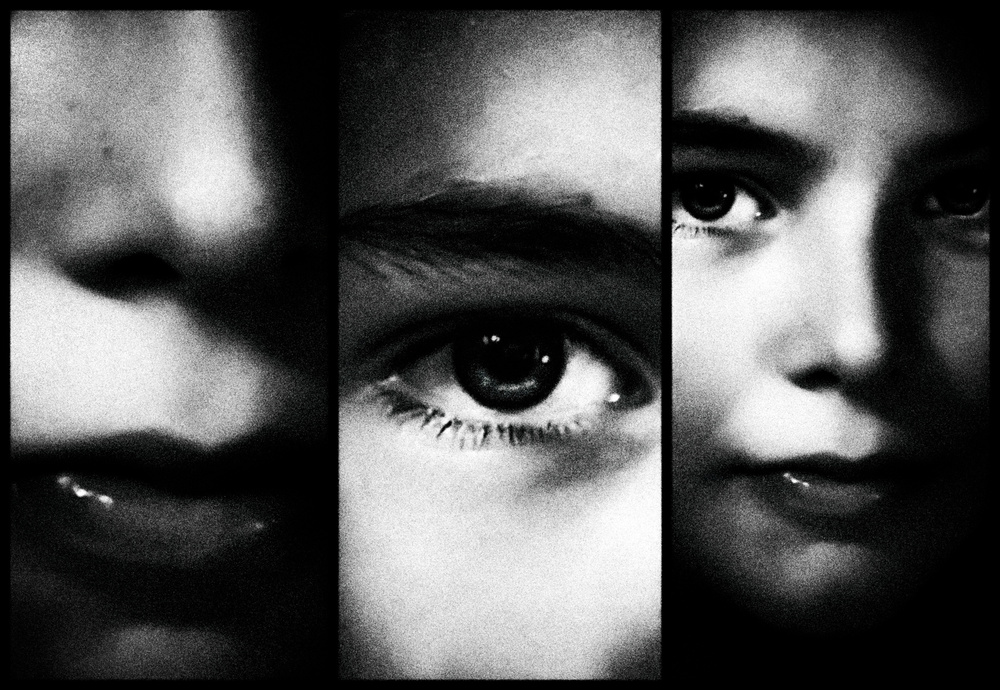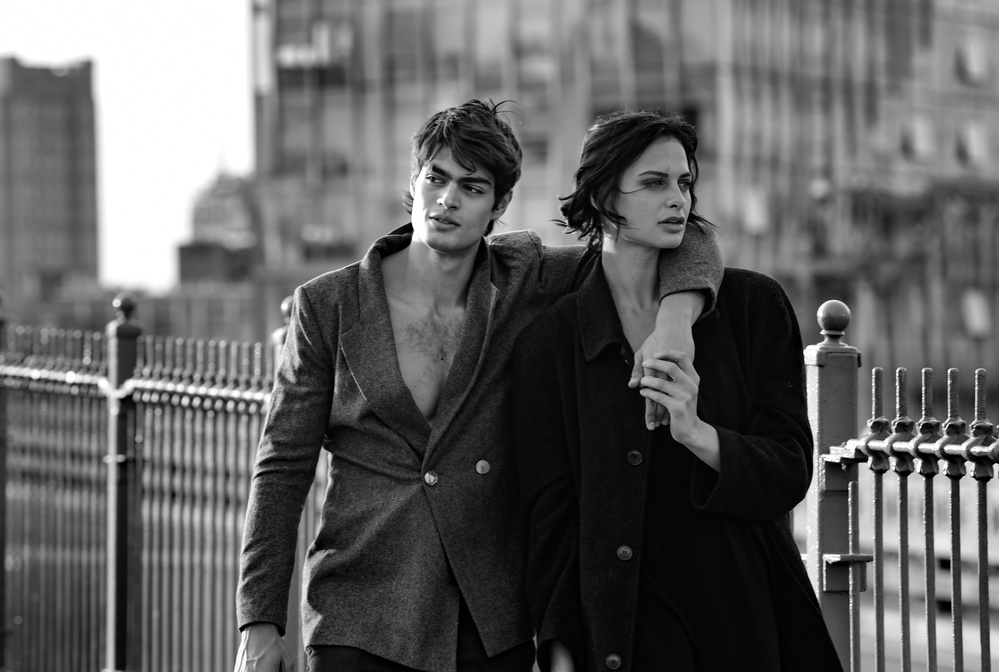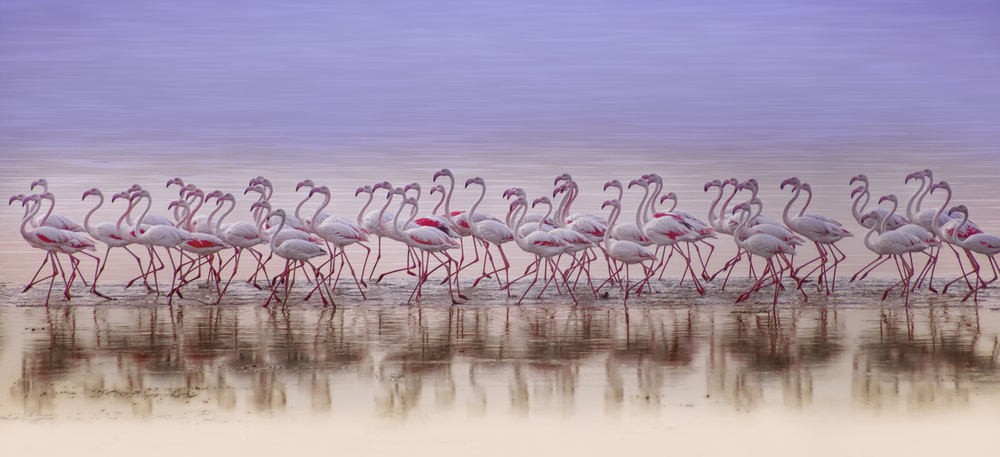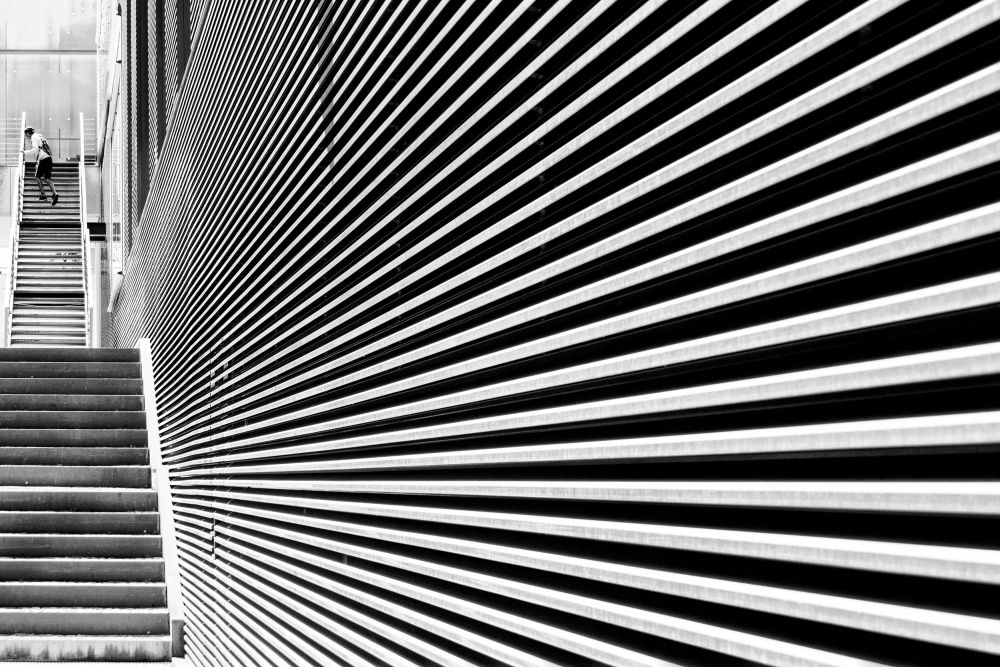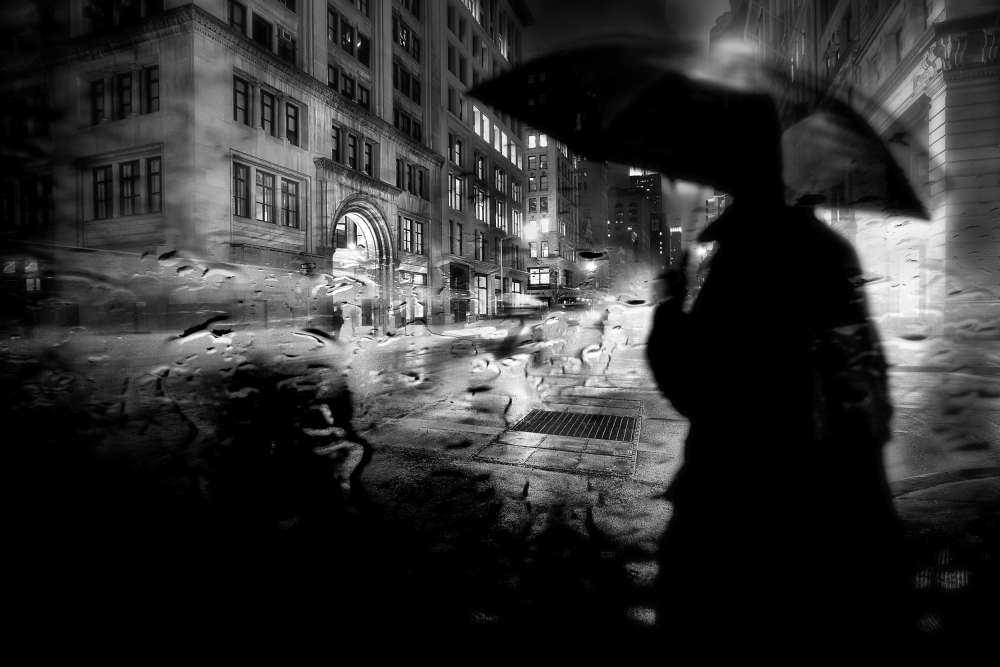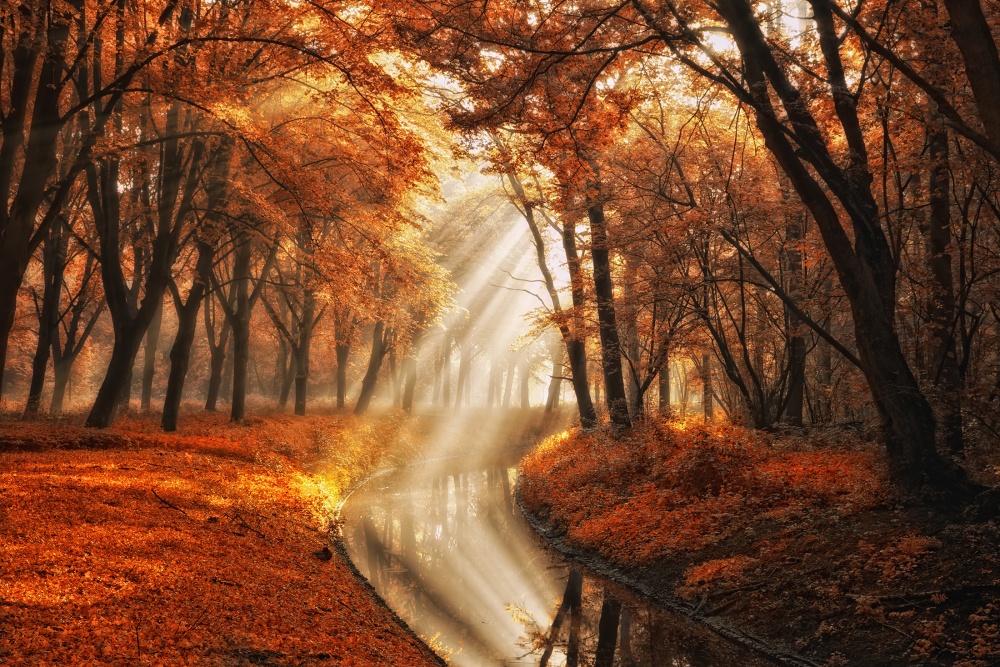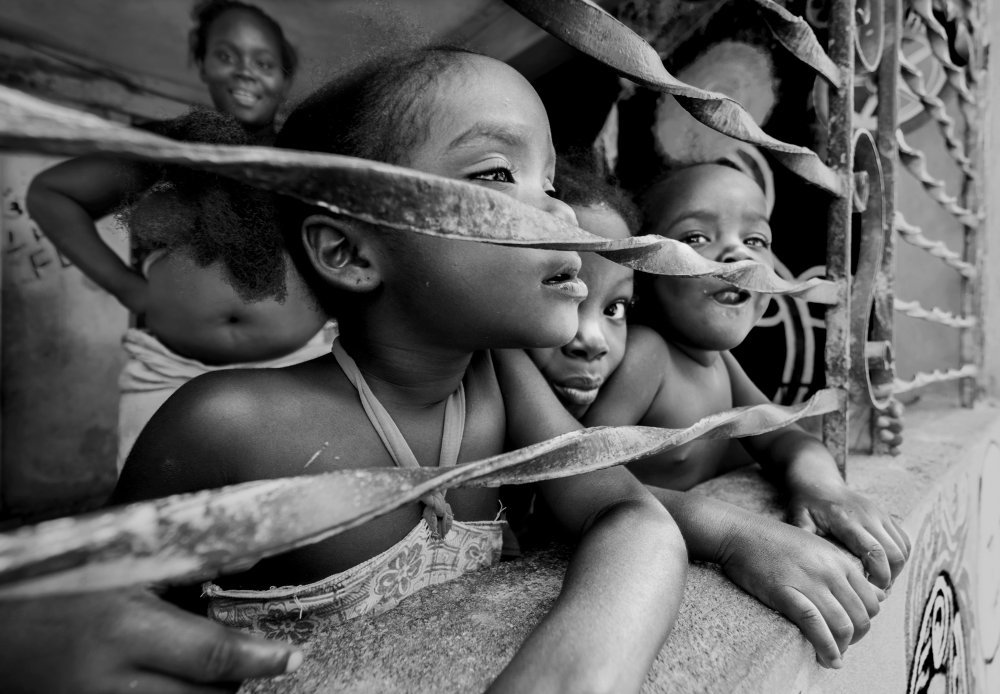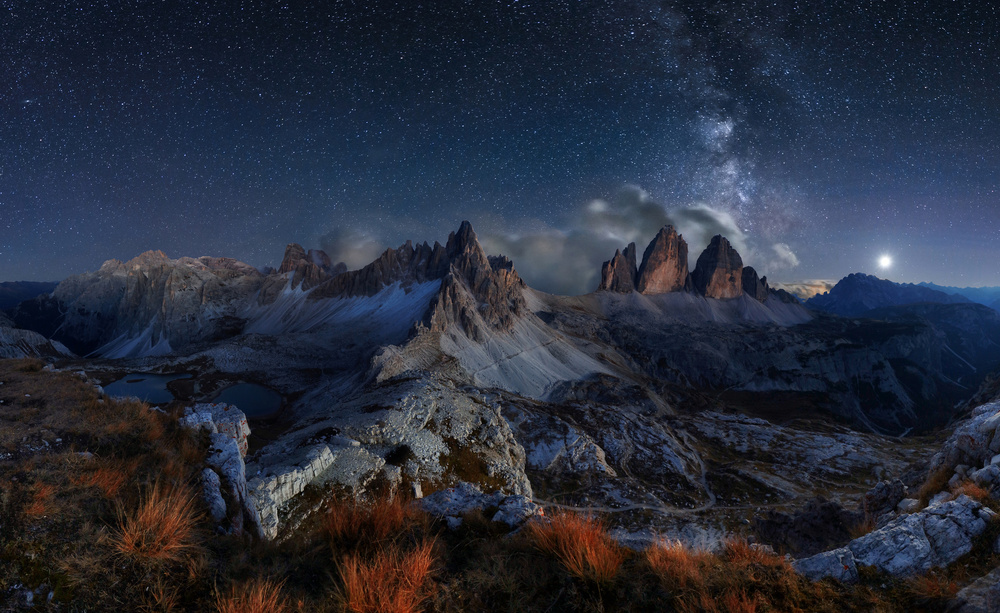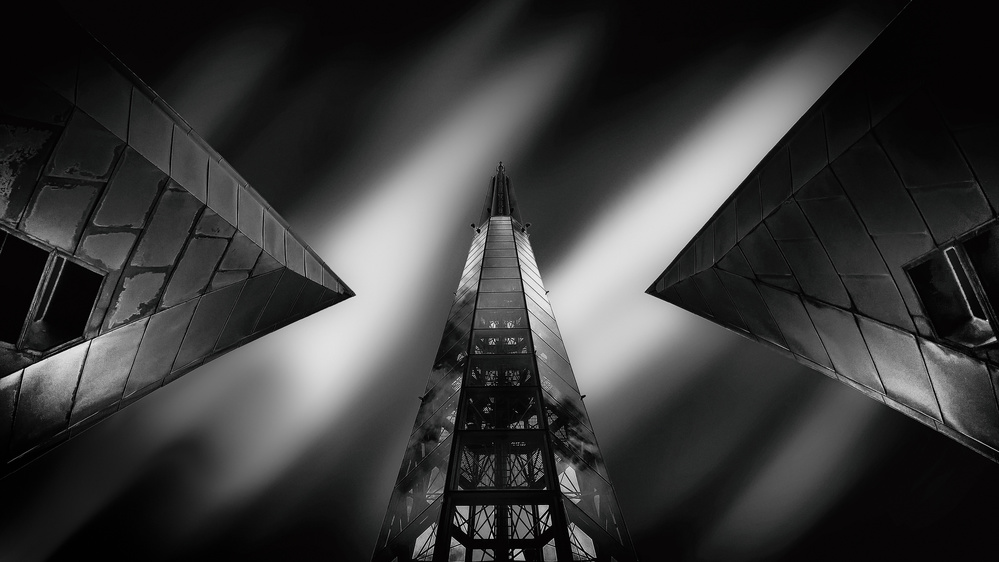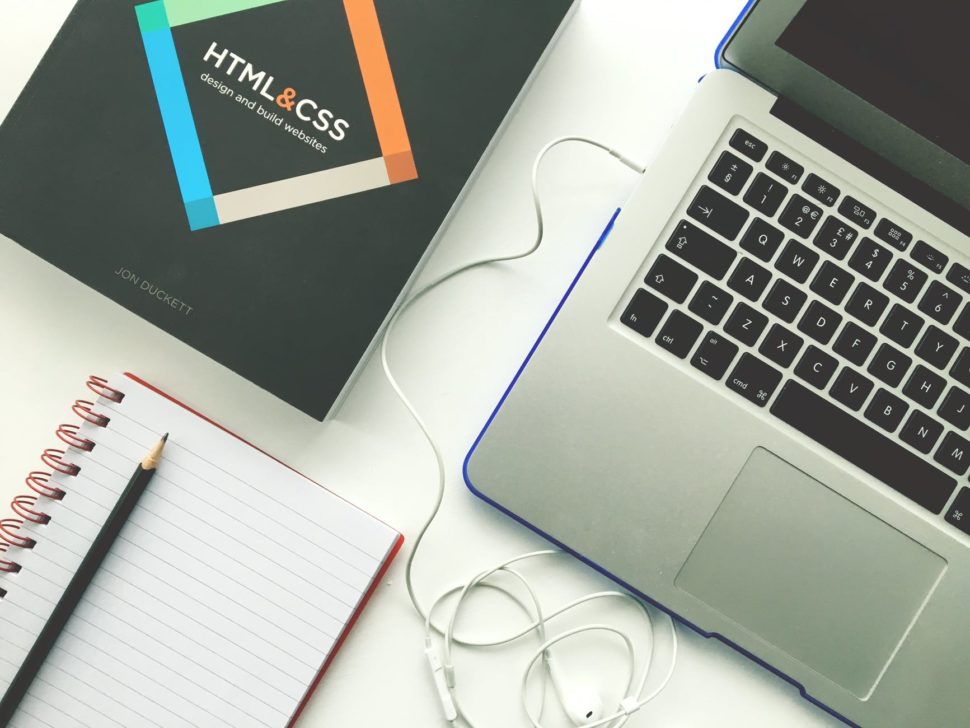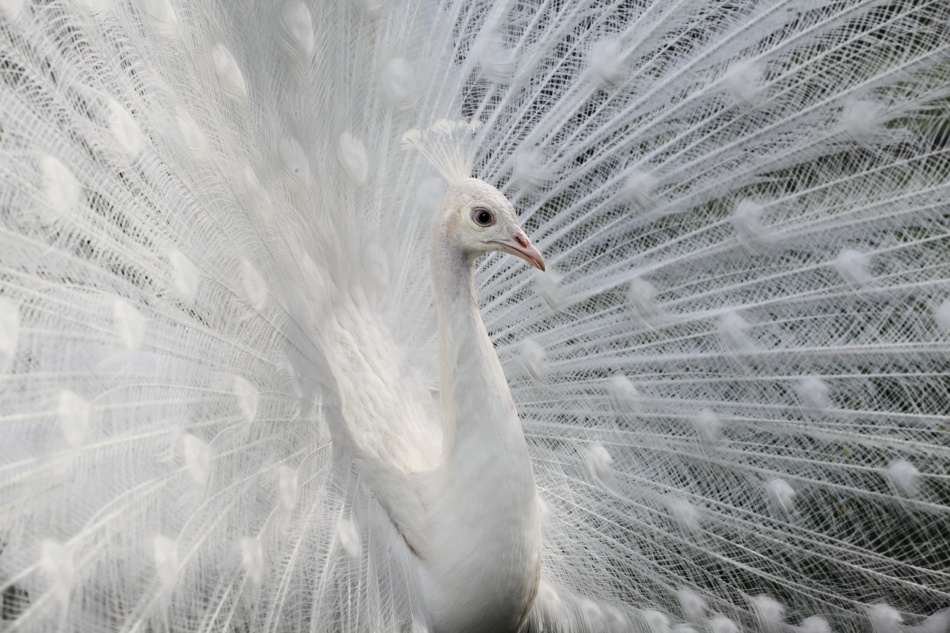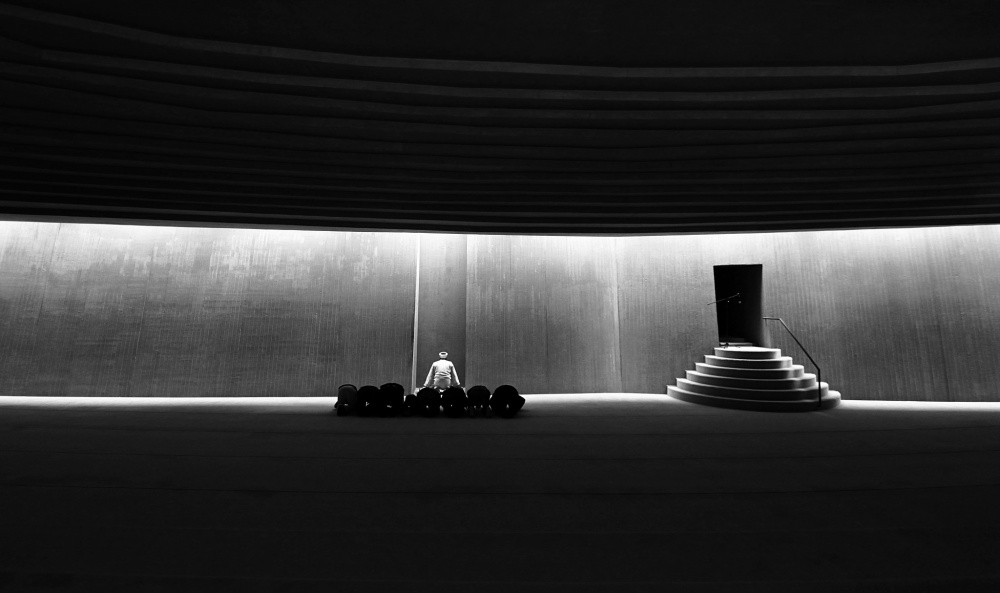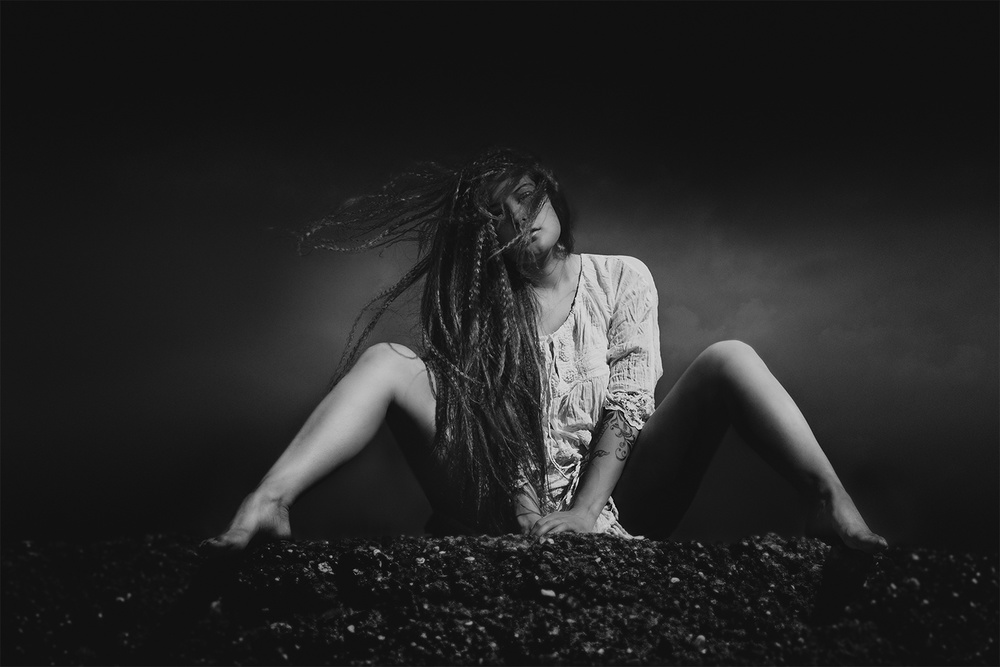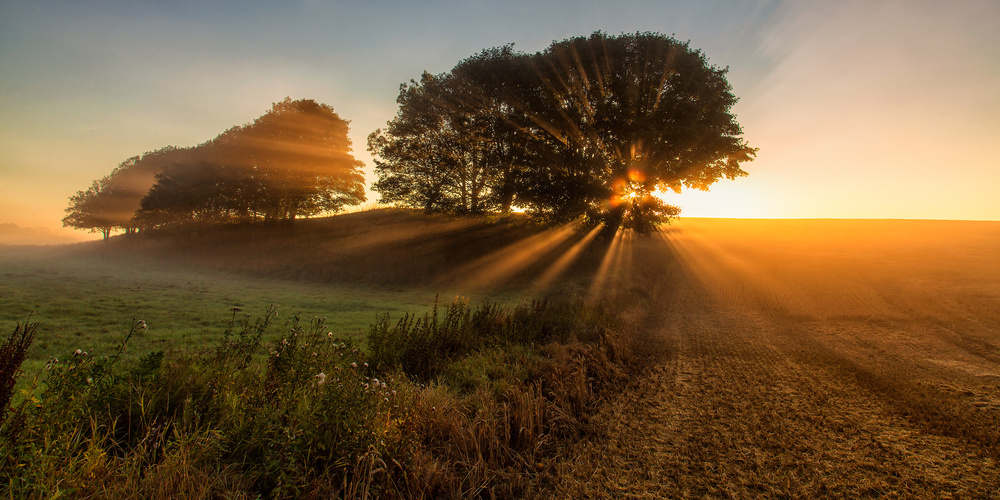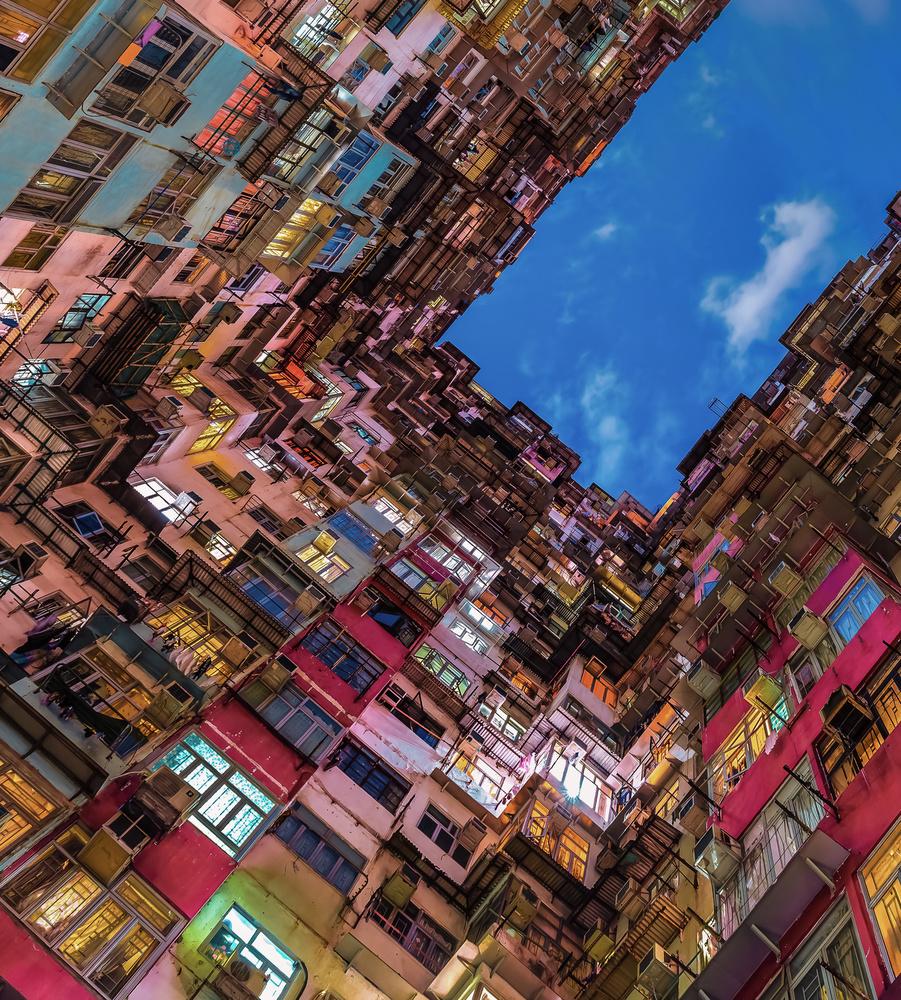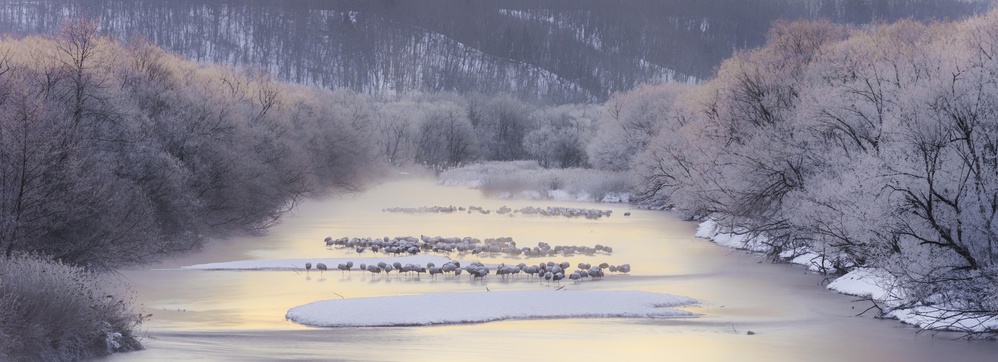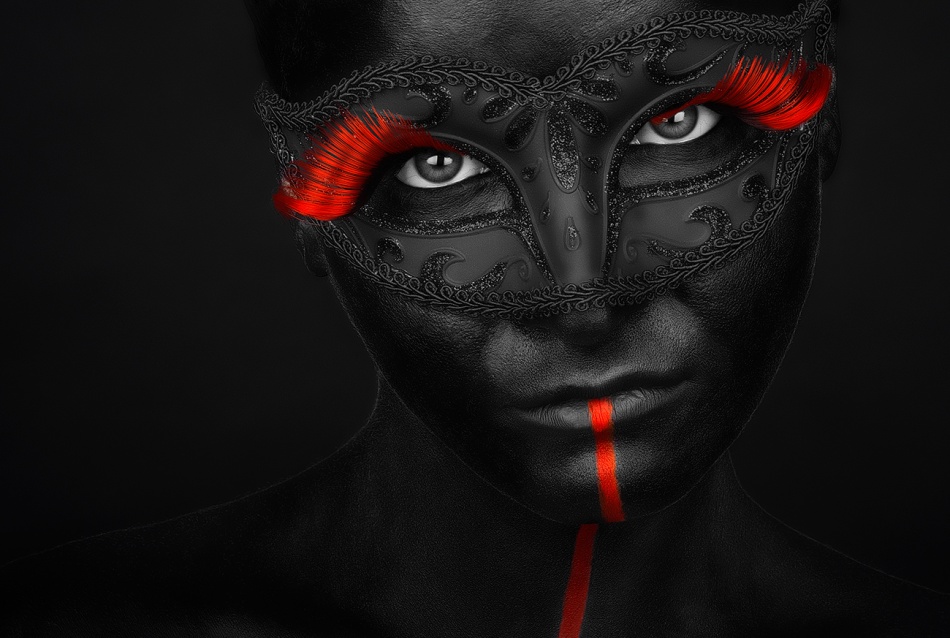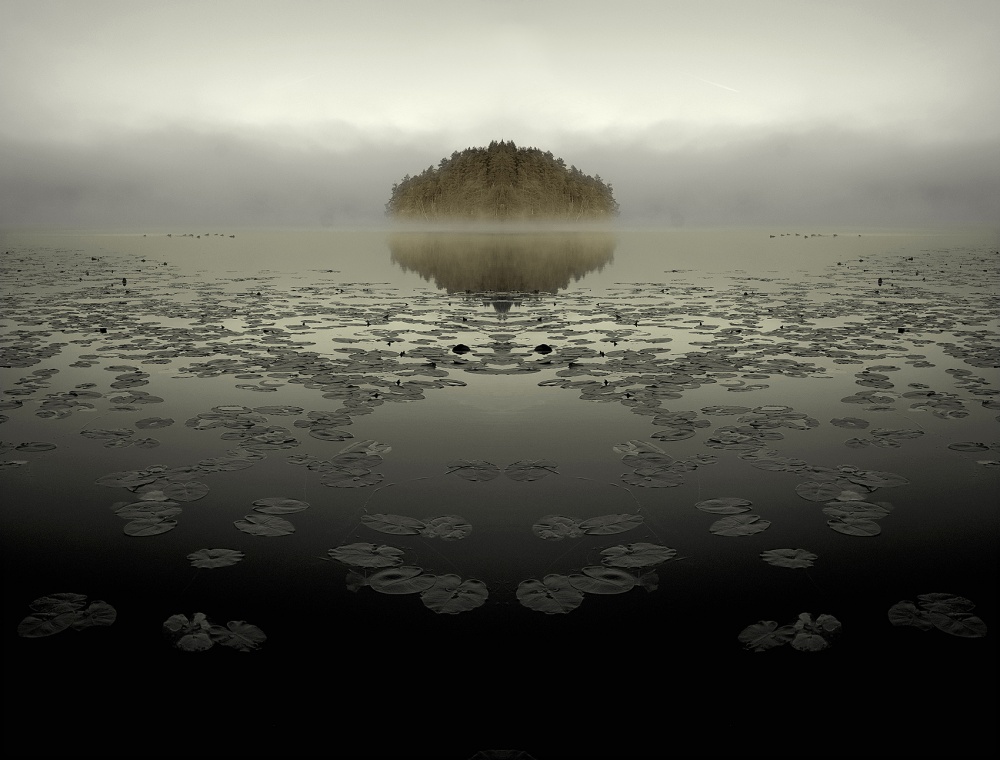Tips & Tricks
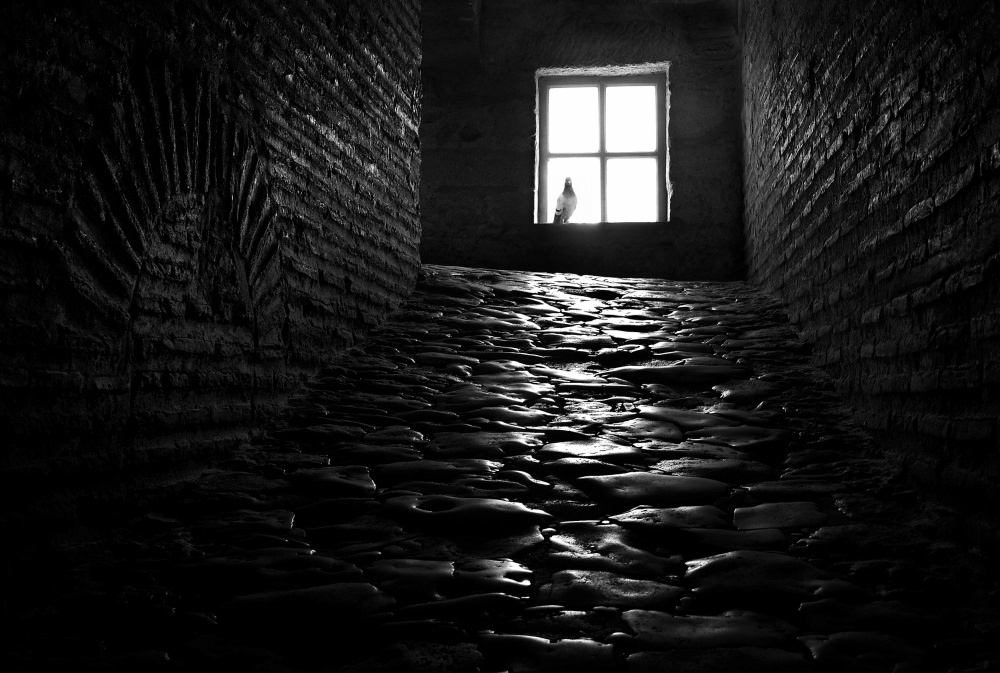
The Window
1x Blog-Tips & Tricks' .
Unlike most of eastern Turkey the southeast is not mountainous, but rather a plateau that is bounded by the historic Tigris and Euphrates rivers. This region was always a crossroad of civilizations. Cities like Mardin, Diyarbakir and Şanlıurfa (or Urfa) have retained their medieval air. Close to the Syrian border you can visit Harran, a small village with beehive-like mud houses. The Patriarch Abraham lived here for a while.
But let us return to Istanbul, the metropolis on the banks of the Golden Horn. Of course, the program included a visit to the Hagia Sophia. This former Greek Orthodox basilica, which was later converted into a mosque, has been a well-known museum and part of the UNESCO World Heritage since 1935. It was here, as I climbed to the top floor of the Hagia Sophia, that I discovered the surprising change of scenery that I previously mentioned.
The atmosphere was a bit spooky, but this mood and the interesting pattern of shiny brick walls in combination with the floor stones presented a promising motif for a picture. So with my camera in hand, I waited for a few minutes until no other visitors were visible. The light was fairly poor and I didn't have a tripod with me, so the only way I could take a picture here was to handhold the camera. Sitting on my knees I chose my composition and checked the result on the camera's display.
. '
by Lou Urlings
You enter a famous museum full of fine mosaics, impressive colorful ornaments and wonderful light coming in through the dome's forty windows. But climbing your way to the upper gallery, you find yourself passing through a dark, ominous corridor with rough brick walls and uneven stones on the floor. Can you imagine a more abrupt contrast?
In September 2010 I traveled for three weeks through Turkey, a 3,400-mile (5,500-km) trip. Following the Black Sea coast I came to Trabzon and Erzurum, the gate to eastern Turkey. With its dramatic sparse scenery, it is like a vast national park where life looks as it did in earlier times. For a photographer, this is a fantastic region with motifs of all kinds. In the shadow of Mount Ararat you will find the wonderful Ishak Pasha Palace, the medieval Armenian capital of Ani, Lake Van and Mount Nimrod with its colossal statues of gods — and a megalomaniac king.
Unlike most of eastern Turkey the southeast is not mountainous, but rather a plateau that is bounded by the historic Tigris and Euphrates rivers. This region was always a crossroad of civilizations. Cities like Mardin, Diyarbakir and Şanlıurfa (or Urfa) have retained their medieval air. Close to the Syrian border you can visit Harran, a small village with beehive-like mud houses. The Patriarch Abraham lived here for a while.
"It was here, as I climbed to the top floor of the Hagia Sophia, that I discovered the surprising change of scenery that I previously mentioned."
But let us return to Istanbul, the metropolis on the banks of the Golden Horn. Of course, the program included a visit to the Hagia Sophia. This former Greek Orthodox basilica, which was later converted into a mosque, has been a well-known museum and part of the UNESCO World Heritage since 1935. It was here, as I climbed to the top floor of the Hagia Sophia, that I discovered the surprising change of scenery that I previously mentioned.
The atmosphere was a bit spooky, but this mood and the interesting pattern of shiny brick walls in combination with the floor stones presented a promising motif for a picture. So with my camera in hand, I waited for a few minutes until no other visitors were visible. The light was fairly poor and I didn't have a tripod with me, so the only way I could take a picture here was to handhold the camera. Sitting on my knees I chose my composition and checked the result on the camera's display.
POST PROCESSING
The image was processed in Photoshop Elements 6.
After our return home, I made a DVD of the best pictures to remember this journey, but I didn't include this one. Recently I saw it again and wondered how it would look in black and white.
1) In Photoshop Elements 6, I first converted the JPEG file to black and white in Infrared mode. To do this, I applied a Black & White adjustment layer and then selected Infrared in the drop-down menu, leaving the colors at their default settings. I liked the result except for the electric light above the window. In my opinion it was a dissonant note in this almost medieval setting.
2) So I removed the upper part of the image and darkened the corner of the back wall.
3) Then I adjusted the Brightness (+90) and finally applied the Unsharp Mask filter (Amount set to 80%).
4) At this point, I felt something was lacking in the image that could better catch the viewer's attention. I made some attempts to insert flying birds in the window, but I wasn't really happy with the results. During our days in Cappadocia, we had visited a place called Pigeon Valley, and I remembered the pictures I had taken there. So I looked for a pigeon in the right sitting position to place on the windowsill and found it in the picture below.
5) The pigeon on the left was the one I wanted. I made a selection using the Magnetic Lasso tool and isolated the pigeon with the Eraser tool.
6) Next, I converted the pigeon to black and white in Infrared mode as in Step 1, and then I slightly enhanced the Contrast.
7) I resized the pigeon so it would fit in the window using the Free Transform tool, added the pigeon to the window image in a new layer and merged the two layers together.
After our return home, I made a DVD of the best pictures to remember this journey, but I didn't include this one. Recently I saw it again and wondered how it would look in black and white.
1) In Photoshop Elements 6, I first converted the JPEG file to black and white in Infrared mode. To do this, I applied a Black & White adjustment layer and then selected Infrared in the drop-down menu, leaving the colors at their default settings. I liked the result except for the electric light above the window. In my opinion it was a dissonant note in this almost medieval setting.
2) So I removed the upper part of the image and darkened the corner of the back wall.
3) Then I adjusted the Brightness (+90) and finally applied the Unsharp Mask filter (Amount set to 80%).
4) At this point, I felt something was lacking in the image that could better catch the viewer's attention. I made some attempts to insert flying birds in the window, but I wasn't really happy with the results. During our days in Cappadocia, we had visited a place called Pigeon Valley, and I remembered the pictures I had taken there. So I looked for a pigeon in the right sitting position to place on the windowsill and found it in the picture below.
5) The pigeon on the left was the one I wanted. I made a selection using the Magnetic Lasso tool and isolated the pigeon with the Eraser tool.
6) Next, I converted the pigeon to black and white in Infrared mode as in Step 1, and then I slightly enhanced the Contrast.
7) I resized the pigeon so it would fit in the window using the Free Transform tool, added the pigeon to the window image in a new layer and merged the two layers together.
TIPS
1) Normally the idea precedes the realization. Here, it went more or less the opposite way. The Hagia Sophia image was an interesting starting point, but the idea for the final result came later.
2) I regularly revisit older pictures, looking for new ideas and possibilities. So don't forget: A visit to your photo archives might pay off well.
3) Conversely, I have also learned to take some time with brand new images before posting them. That way I can improve the details or correct flaws that I did not notice originally.
2) I regularly revisit older pictures, looking for new ideas and possibilities. So don't forget: A visit to your photo archives might pay off well.
3) Conversely, I have also learned to take some time with brand new images before posting them. That way I can improve the details or correct flaws that I did not notice originally.
BIOGRAPHY
I was born in 1946 and live in the Netherlands. Besides traveling and cycling, photography — especially if combined with traveling or cycling — has been a favorite hobby for a long time. The first camera I held was my parents' Agfa Clack. The fascination I had as a 10-year-old boy continues to this day. About 30 years ago an SLR, a Nikon FE, came into my life and a few years later a darkroom of my own. I started to participate in international photography salons and read a lot about the subject to improve my skills. The turn to digital photography in 2005 was a challenge. These days I am still discovering the secrets and opportunities that digital photography offers.



